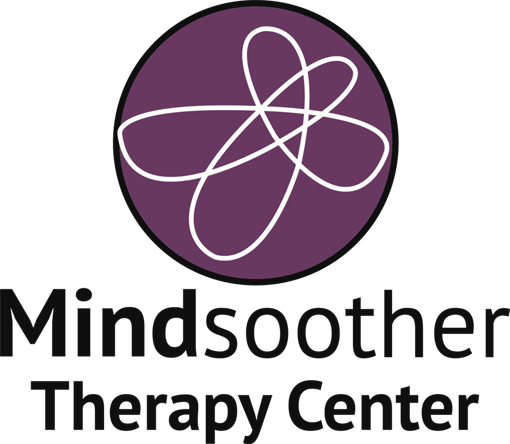Sexual Orientation and Gender - What Do You Really Know?
Pansexuality, gender fluidity, non-binary gender identity…….Welcome to 2016! Non-conformity to gender and sexual orientation is a hallmark of this generation coming to age in which sexuality can be seen as fluid; always changing.
For today’s youth, a choice in partner may have less to do with sexual attraction; it’s about who they are drawn to both physically, emotionally, sexually and romantically. It’s about who supports them in a caring and nurturing way. It’s about who finds them beautiful, smart, funny and interesting. It’s about who will be there for them as a true friend when they are having a hard time navigating this ever increasingly complicated world.
The idea that a person has to be rigid in the preference of who they are attracted to is something people today are challenging. They are finding greater freedom and stronger self-esteem through the process.
Respecting how people self-identify, whether it’s their gender or sexual orientation, helps them to feel safe and supported. An easy way to start connecting is to be open to how a person identifies and to use the same terms and pronouns he or she may use. This sensitivity will lead to greater openness and assurance that your friend, loved one or child will come to you with any self-doubt or confusion they may be experiencing around this potentially sensitive topic.
Here is a glossary of some terms currently being used:
Gender Identity: Describes how and to what degree a person identifies with the continuum of masculinity and femininity.
Sexual Orientation: Refers to a person’s emotional, physical, spiritual and sexual attraction to individuals of the same gender, another gender or both/all genders.
Pansexual: not limited to sexual choice with regard to biological sex, gender, or gender identity.
Gender Non-Conformity: is the behavior or gender expression by an individual that does not match the masculine and feminine gender norms.
Gender Normative: the expectation that one’s gender identity and expression fits society’s constructions and expectations of what it means to be a girl/woman or boy/man.
Transgender: when ones gender identity does not match their assigned birth sex.
Genderqueer: this term represents a blurring of the lines surrounding society’s rigid views of both gender identity and sexual orientation. Genderqueer people embrace a fluidity of gender expression that is not limiting. Another term for this definition is to identify as Non-binary.
Gender Dysphoria: emotional distress over ones gender.
Heteronormative: the expectation that all individuals are heterosexuals. Often expressed subtly through assumptions that everyone is or will grow up to be straight.
Intersex: a general term that encompasses people who are born with chromosomes, hormones, genitalia, and/or other sex characteristics that are not exclusively male or female.
Questioning: a person who is wondering about his or her sexual identity.
Bi-Curious: interested in having a sexual experience with a person of the same sex.
Perhaps this information will offer you the opportunity to take pause and consider your own thoughts and ideals about sexual orientation and gender.

